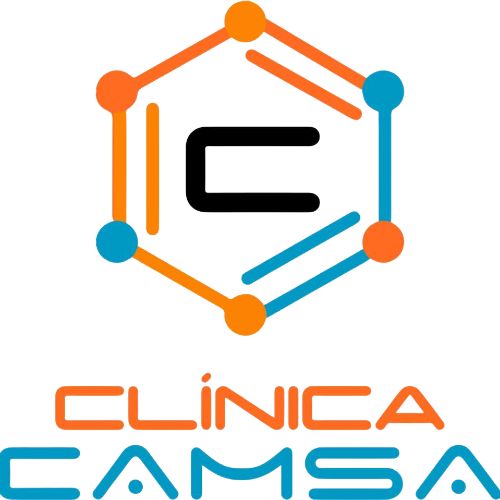Joint infiltrations, also known as joint injections, are medical procedures commonly used to relieve pain and inflammation in the joints. They involve the injection of medication, such as corticosteroids or hyaluronic acid, directly into the affected joint. One of the most common reasons for joint infiltrations is osteoarthritis, a degenerative joint disease that causes pain and stiffness. In this condition, the cartilage that cushions the joints gradually wears away, leading to friction and inflammation.
Joint infiltrations can provide temporary relief by reducing inflammation and lubricating the joint. Another condition that may benefit from joint infiltrations is rheumatoid arthritis, an autoimmune disease that causes chronic inflammation in the joints. By injecting medication into the affected joints, joint infiltrations can help manage pain and improve mobility for individuals with this condition. In addition to arthritis, joint infiltrations can also be used to treat other conditions such as gout, tendinitis, bursitis, and even certain types of injuries.
The procedure is typically performed by a trained healthcare professional, such as a rheumatologist or orthopedic surgeon. During a joint infiltration procedure, the healthcare provider will first clean the area around the joint and may administer a local anesthetic to numb the area. They will then use a needle to inject the medication directly into the joint space. The medication works by reducing inflammation and providing pain relief. While joint infiltrations can provide significant relief for many individuals, it’s important to note that they are not a permanent solution.
The effects of a joint infiltration can vary from person to person and may last anywhere from a few weeks to several months. In some cases, multiple injections may be necessary to achieve optimal results. As with any medical procedure, there are potential risks and side effects associated with joint infiltrations. These can include infection, bleeding, allergic reactions, and damage to surrounding tissues. It’s important to discuss the potential risks and benefits with your healthcare provider before undergoing a joint infiltration. In conclusion, joint infiltrations are valuable medical procedures used to alleviate pain and inflammation in the joints.
In conclusion, joint infiltrations are valuable medical procedures used to alleviate pain and inflammation in the joints. They can provide temporary relief for individuals with various joint conditions such as osteoarthritis, rheumatoid arthritis, gout, tendinitis, bursitis, and injuries. By injecting medication directly into the affected joint, joint infiltrations can help reduce inflammation and improve mobility. However, it’s important to note that joint infiltrations are not a permanent solution. The effects of the procedure can vary from person to person and may last for different durations. While some individuals may experience relief for a few weeks, others may find that the effects last for several months. In some cases, multiple injections may be necessary to achieve optimal results.
In summary, joint infiltrations offer a valuable option for managing pain and inflammation in the joints. They can provide temporary relief and improve quality of life for individuals with various joint conditions. If you’re experiencing joint pain or inflammation.











